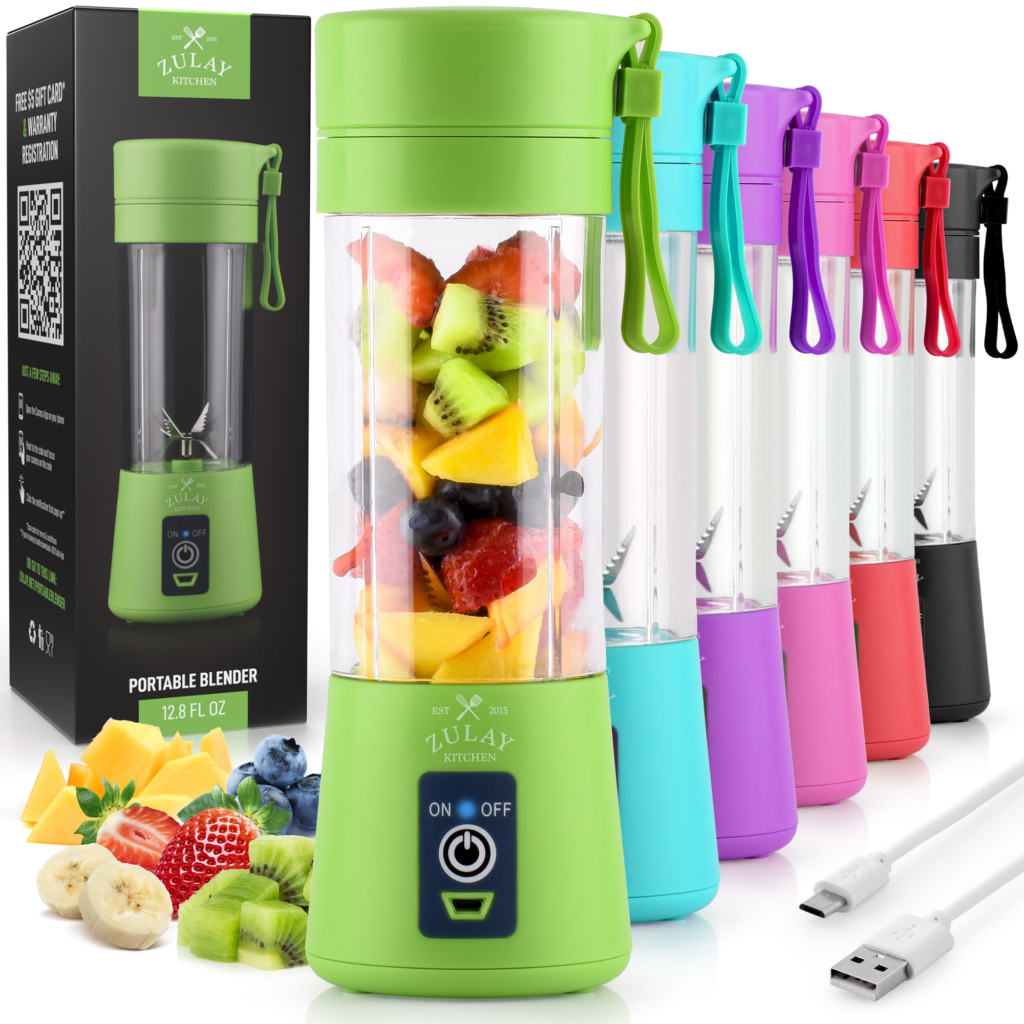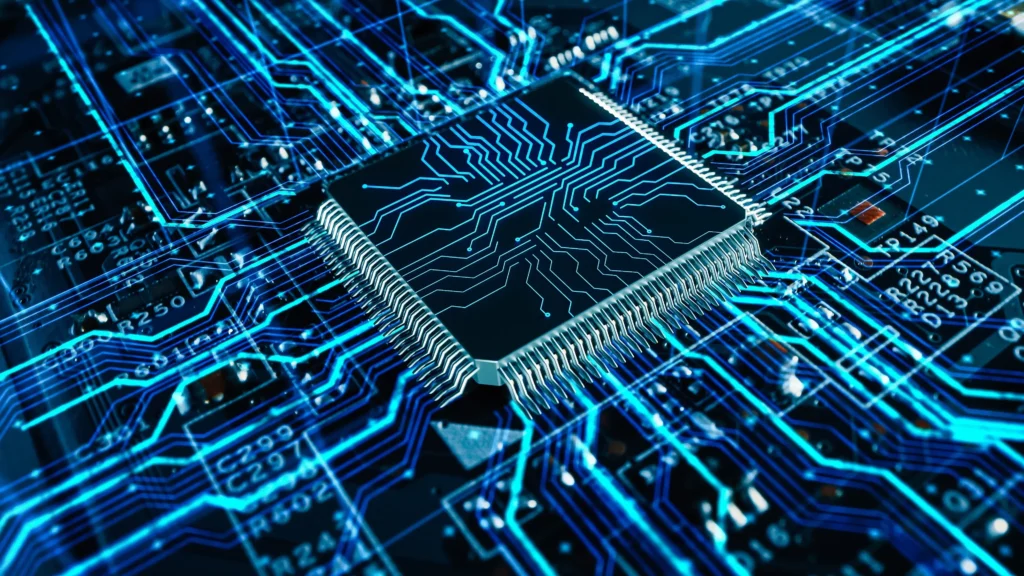Portable blenders, mixers, and juicers have now become essential kitchen gadgets for health-conscious individuals, busy professionals, and travellers alike. You can use it for morning smoothies, post-workout shakes, or baby food prep. If you keep your blender in good condition, it ensures better performance and long use.
This blog covers everything you need to know about maintaining your portable blender, including cleaning, charging, proper usage, troubleshooting, and storage tips.
Table of Contents:
Importance of Maintenance of Portable Blender
Taking care of your blender regularly keeps it working smoothly. Just like we need food and rest, machines need cleaning and care. So, Regular maintenance of your portable blender is essential for optimal performance.
Here’s why it’s important:
| Benefit | Why It’s Important |
|---|---|
| Long-lasting | A portable blender that receives proper attention operates efficiently, providing a consistent experience. |
| Better performance | A clean motor and sharp blades blend faster and smoother. |
| Hygiene & health | By prioritising maintenance you can enjoy delicious beverages without compromise while ensuring safety during each use |
| Saves money | Fewer repairs and no need to buy a new blender soon. It saves your money on replacements also. |
How to Use a Portable Blender the Right Way
Using your blender the right way prevents damage and gives better results. Follow these steps:
- Charge it fully before the first use. Most need 2–4 hours to charge. Don’t run it for too long. Blend in short bursts of 30–60 seconds
- Always add some liquid first (milk, juice, or water). This helps the blades spin well.
- Then add cut-up fruits or soft veggies. Avoid large chunks.
- Don’t overfill. Stop at the “max line” if your blender has one.
- Close the lid tightly.
- Hold the blender upright and press the button.
- Blend for 30–60 seconds. If it’s stuck, pause and shake gently.
- Avoid blending hot food, ice cubes, or very hard items unless your blender supports it.
How to Clean a Portable Blender

Cleaning keeps your blender fresh and safe to use. Always clean it after each use.
Easy daily cleaning:
- Rinse the jar right after using it.
- Fill it halfway with clean water and a few drops of dish soap.
- Run the blender for 10–15 seconds.
- Rinse again with clean water.
- Let it dry upside down.
Deep cleaning (once a week):
- Take the blade section apart if it’s removable.
- Use a small brush to clean food stuck near the blades.
- Wipe the base with a dry cloth—never wash the motor or plug side!
These tips work for your juicer and mixer too. There are some of the best brands of blenders that provide you with good quality and warranty.
Repair Tips for Portable Blenders
If your blender stops working, don’t panic. Try these quick fixes before throwing it away.
| Problem | Possible Cause | What to Do |
|---|---|---|
| Blender won’t start | Low battery or loose lid | Charge fully, close lid tightly |
| Blades not spinning | Food stuck inside | Clean around the blades |
| Leaking blender | Loose rubber ring or cracked jar | Tighten lid or replace the part |
| Makes loud noise | Hard food or loose blade | Turn off, clean, or check blade |
| Battery dies fast | Overuse or poor charging | Drain fully, then charge to 100% |
If none of these work, check the warranty or call customer care.
How to Charge Your Portable Blender
Charging is simple, but it’s important to follow the correct way.
Charging instructions:
- Use the USB cable for blender that came with the blender.
- You can plug it into a laptop, power bank, or wall charger.
- Most blenders show lights:
- Red = Charging
- Green or Blue = Fully charged
- A full charge usually takes 2 to 4 hours.
- Don’t use it while charging—it can harm the battery.
Pro Tip: Charge after every 2–3 uses to keep it ready anytime.
Safety Tips While Using a Portable Blender
To use your portable blender safely, always close the lid tightly before blending and never put your hands or spoons inside while it’s running. Don’t blend hot liquids unless your blender allows it, and avoid overfilling past the max line. Keep the motor base dry and away from water, and always unplug it when cleaning.

To make sure you use your portable blender safely and avoid accidents or damage, follow these simple safety tips:
- Unplug or switch off the blender when cleaning or not using it, especially if it’s charging.
- Always close the lid tightly before blending to prevent spills.
- Keep hands and utensils out of the jar while it’s running—never push food down with fingers or spoons!
- Don’t blend hot liquids unless your blender supports it. Hot steam can build pressure and cause spills or burns.
- Avoid overfilling the blender. Stick to the “max” line so it doesn’t overflow or damage the motor.
- Keep away from water: Never immerse the motor base in water, and avoid using it near sinks or wet surfaces.
- Supervise children: If kids are helping, make sure they’re supervised at all times.
Common Blender Problems and Solutions
Here’s a list of everyday problems and easy fixes:
| Problem | Why It Happens | Solution |
|---|---|---|
| Won’t turn on | Low charge or lid not locked | Check and charge it |
| Smells burnt | Overuse or stuck blades | Stop using and clean it |
| Doesn’t blend well | Too full or large pieces | Blend smaller amounts |
| Leaks during use | Loose lid or broken part | Tighten or replace |
| Loud sound | Hard food or broken part | Turn off and inspect |
Conclusion
Taking care of your portable blender is not hard. With just a little time and effort, you can make it last longer and work better. Always clean it after use, charge it the right way, and store it safely. If you notice any problems, try simple fixes first. Most issues are easy to solve at home. Whether you’re using your blender for smoothies, shakes, or baby food, good maintenance keeps it running smoothly. So, follow these tips and enjoy fresh, tasty drinks every day—without worrying about your blender breaking down.


